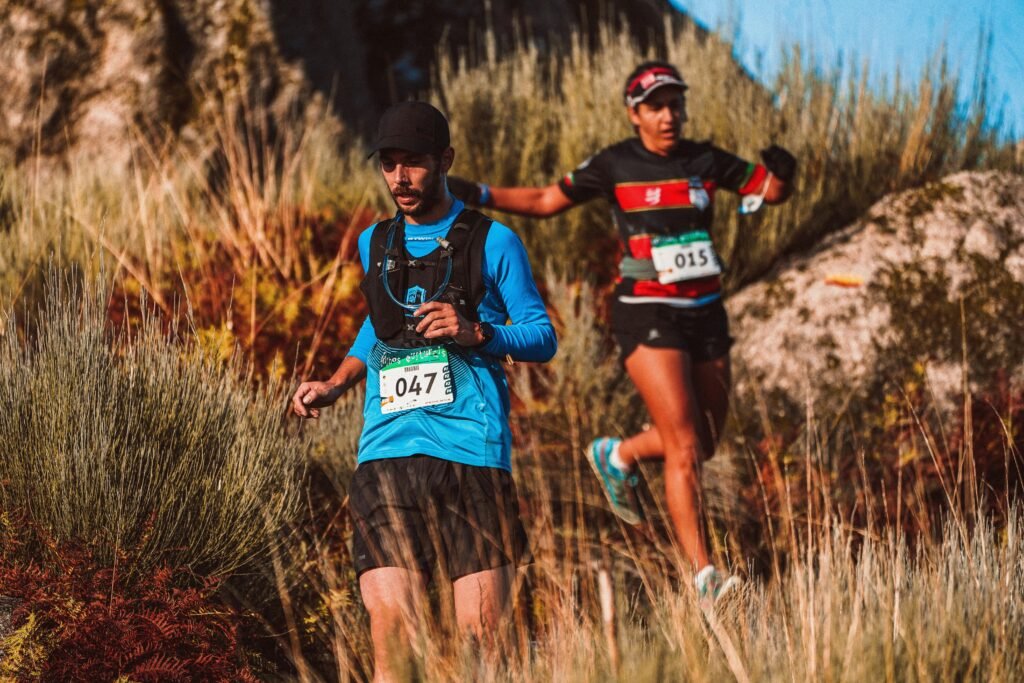Recovering from a Trail Race with Lots of Descent: Tips for Runners in Kitsap
Trail races with big descents—like those found in the Western States 100—are unforgettable, but the recovery? That can be a different kind of challenge. Whether you tackled a race in the Cascades or a long training run around Green Mountain, managing your post-run recovery is key to staying injury-free and feeling strong for your next adventure. If your quads hurt after running, read on!
Why Downhill Hurts More Than You Think
Running downhill places a unique load on your muscles, especially your quads. The eccentric contractions (where the muscle lengthens under tension) that control your descent can cause far more muscle damage than uphill or flat running. You might find that your quads hurt after running a lot of descent two days later—hello, delayed onset muscle soreness (DOMS).
For Kitsap runners training on technical terrain, the cumulative impact of steep descents can linger if not properly addressed.
Trail-Specific Recovery Tips
- Prioritize Rest and Sleep
Your body needs rest to repair the microtears in muscle fibers caused by steep downhills. Get at least 8 hours of quality sleep in the days following your run and avoid the temptation to “shake it out” with too much activity too soon. - Rehydrate and Refuel
Trail races often mean long hours on your feet with limited fueling. Post-run, replace lost electrolytes, hydrate generously, and eat a protein-rich meal within an hour to jumpstart recovery. - Get on the Foam Roller
Gently rolling your quads, glutes, and calves can help restore tissue mobility. But be kind—if it hurts, back off and give your muscles time. - Book a Sports Massage
A targeted sports massage is one of the most effective ways to recover after a race with heavy downhill. At Trailblazer Sports Massage in Poulsbo, we work specifically with trail and endurance athletes, using evidence-informed techniques to support muscle recovery without requiring you to undress or lie down for a relaxation-style session. Learn more or book your post-race massage here. - Move Gently
Light walking, cycling, or mobility work can encourage circulation and reduce stiffness. Listen to your body—if you’re limping or compensating, give it more time.
How Long Should You Rest?
After a tough descent-heavy race or run, most runners need at least 5–7 days before resuming normal training. For efforts over 50K, you may benefit from 10–14 days of recovery-focused movement before reintroducing intensity.
Recovery is Part of Training
It’s easy to overlook recovery when your eyes are on the next race. But if your quads hurt after running a lot of downhill, strategic recovery isn’t optional, it’s essential. Treat your post-race downtime as an investment in future performance.
For some downhill-specific training tips to minimize having your quads hurt after running, check out this article on Training Peaks!
Ready to Feel Better, Faster?
Book your recovery session with Trailblazer Sports Massage today »
Let your legs thank you later.


